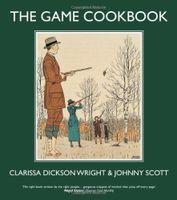Advertisement
Grouse
Appears in
By Clarissa Dickson Wright and Johnny Scott
Published 2004

Going North, George Earl (1824-1908) Science Museum/Science & Society Picture Library
There are eighteen species of grouse worldwide, of which North America has more than half, split between those that live on the prairies (greater and lesser prairie chicken, sharp-tailed grouse, and the greater sage grouse with its rare cousin, the Gunnison’s grouse), forest dwellers (which include blue, ruffed, and spruce grouse), and three species of ptarmigan (white-tailed, willow, and rock). All were historically important food sources to the native North American people, and the distinctive, aggressive territorial and mating displays which are common to all grouse species, became part of the culture of the native American tribes, particularly the displays of the five prairie species which have traditional mating territories, known as lekking, dancing, or booming grounds. The dominant cock birds establish and defend mating territories by performing a spectacular stamping dance, with outstretched wings, tail held erect, and the purple air sacs at the side of their neck, inflated and exposed. This frenetic dancing, with its bowing and weaving, cackling, crowing, and moaning, became incorporated into the spring dancing ceremonies of the Plain’s tribes. Grouse became symbolic of spring regrowth and often appear as decorations on primitive pottery.

